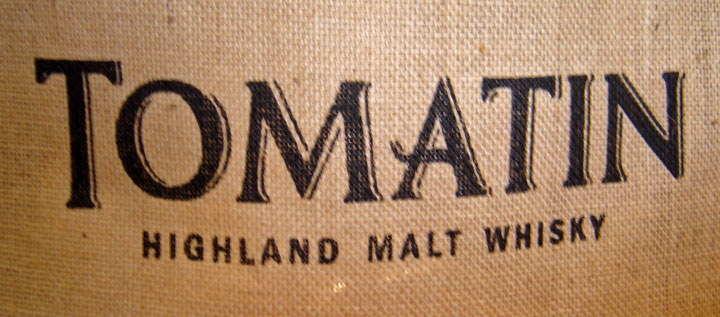

Inverness
Photos taken in August 2011
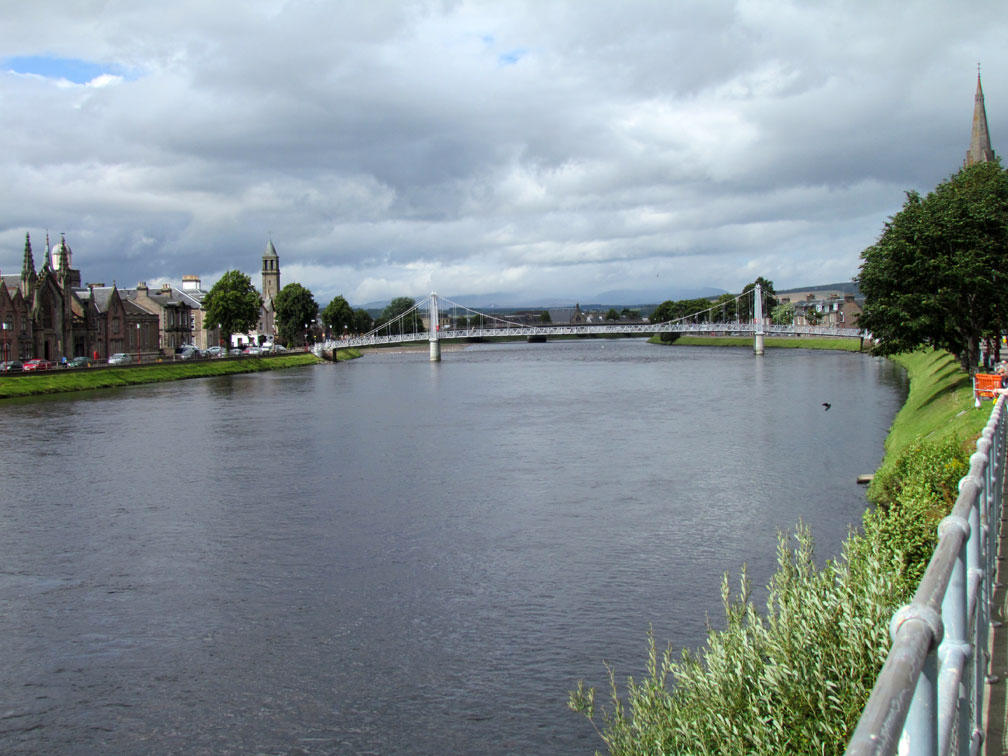
Inverness
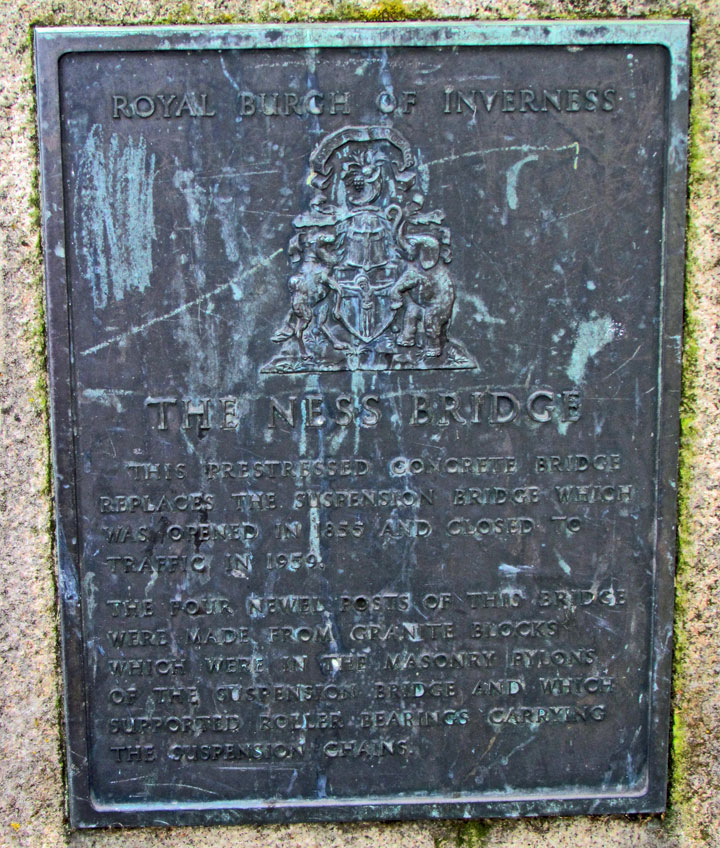
Inverness is a city in the Scottish Highlands. It is the administrative center for the Highland council area, and is regarded as the capital of the Highlands of Scotland. Inverness lies near two important battle sites: the 11th century battle of Blàr nam Fèinne against Norway which took place on the Aird and the 18th century Battle of Culloden which took place on Culloden Moor. It is the northermost city in the United Kingdom and lies within the Great Glen (Gleann Mòr) at its north-eastern extremity where the River Ness enters the Moray Firth. At the latest, a settlement was established by the 6th century with the first royal charter being granted by Dabíd mac Maíl Choluim (King David I) in the 12th century. The Gaelic king, Mac Bethad mac Findláich (MacBeth) nicknamed An Rígh Dearg (The Red King) held a castle within the city where he ruled as Mormaer of Moray and Ross.

The population of Inverness increased by over 10% from 1991–2001 and from
1997–2007[5] with an estimated population in 2008 of 56,660 or 72,745 including
surrounding suburbs. Inverness is one of Europe's fastest growing cities, with a
quarter of the Highland population living in or around the city and is ranked
fifth out of 189 British cities for its quality of life, the highest of any
Scottish city.] In the recent past, Inverness has experienced rapid economic
growth - between 1998 and 2008, Inverness and the rest of the Central Highlands
showed the largest growth of average economic productivity per person in
Scotland and the second greatest growth in the United Kingdom as a whole, with
an increase of 86%. Inverness is twinned with one German city, Augsburg and two
French towns, La Baule and Saint-Valery-en-Caux.
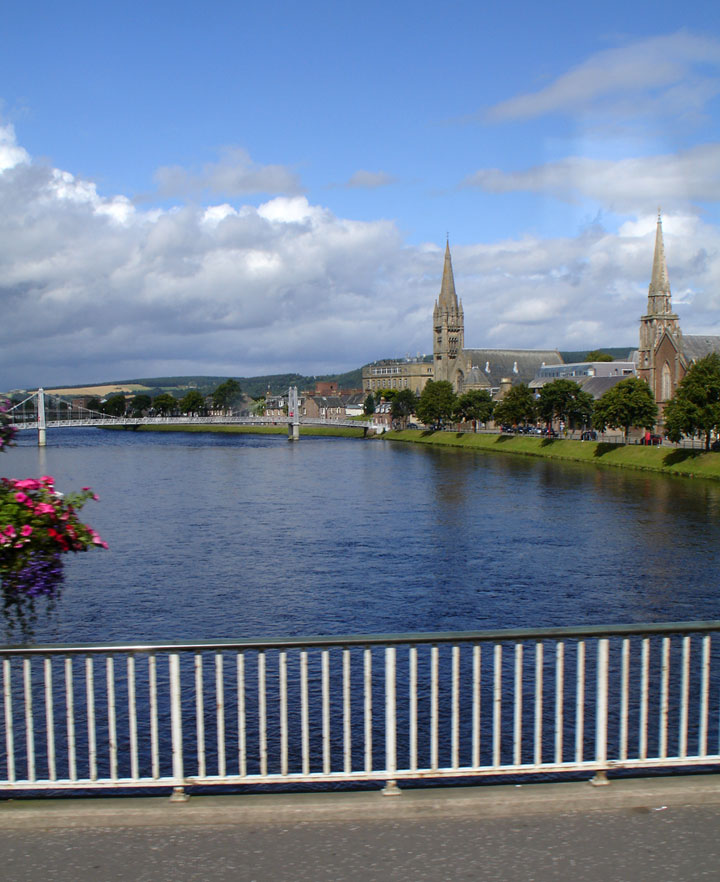
Inverness College is the main campus for the University of the Highlands and
Islands. With around 8,500 students, Inverness College hosts around a
quarter of all the University of the Highlands and Islands' students, and 30% of
those studying to degree level.
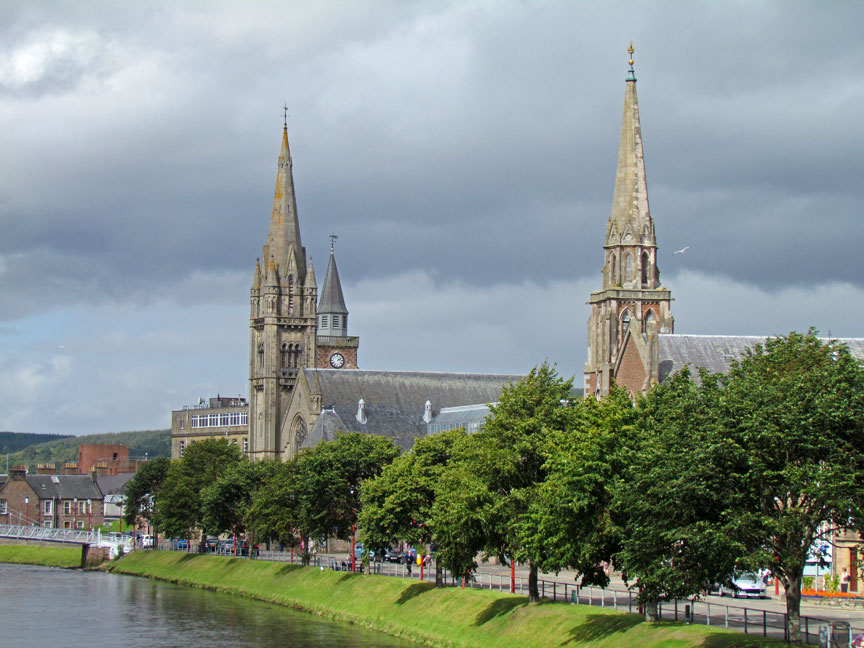
Inverness was one of the chief strongholds of the Picts, and in AD 565 was
visited by St Columba with the intention of converting the Pictish king Brude,
who is supposed to have resided in the vitrified fort on Craig Phadrig, on the
western edge of the city. A 93 oz (2.6 kg) silver chain dating to 500–800 was
found just to the south at Torvean in 1983. A church or a monk's cell is thought
to have been established by early Celtic monks on St Michael's Mount, a mound
close to the river, now the site of the Old High Church and graveyard. The
castle is said to have been built by Máel Coluim III (Malcolm III) of Scotland,
after he had razed to the ground the castle in which Mac Bethad mac Findláich (Macbeth)
had, according to much later tradition, murdered Máel Coluim's father Donnchad
(Duncan I), and which stood on a hill around 1 km to the north-east.
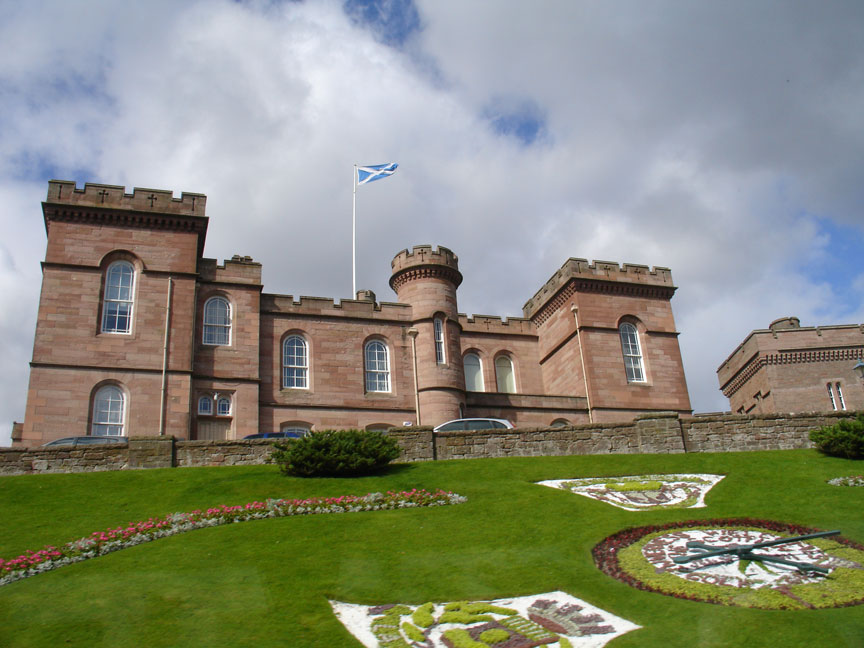
The strategic location of Inverness has led to many conflicts in the area.
Reputedly there was a battle in the early 11th century between King Malcolm and
Thorfinn of Norway at Blar Nam Feinne, to the southwest of the city.
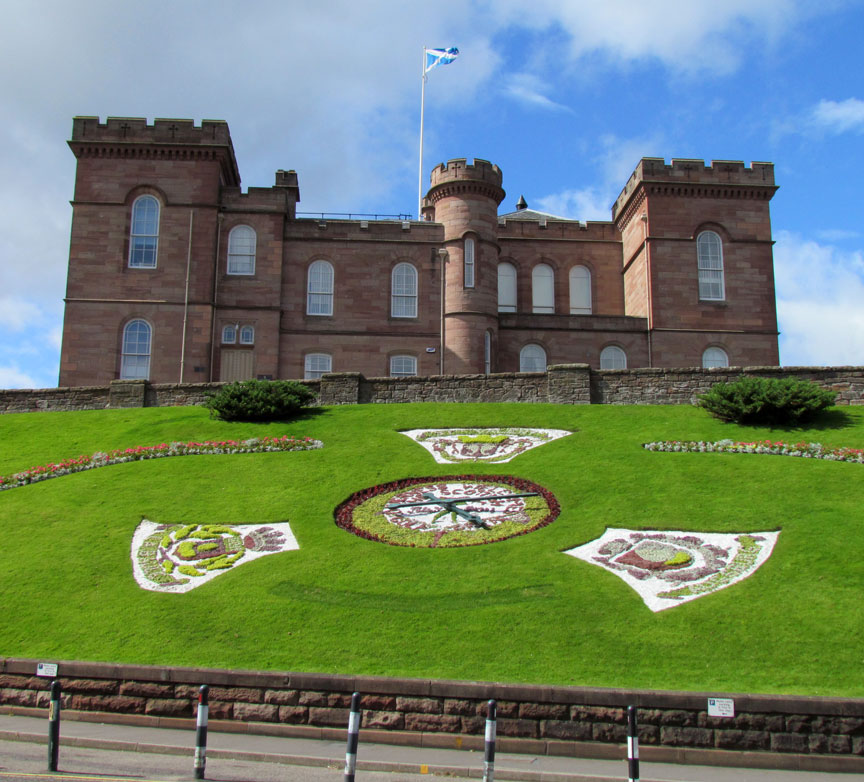
Inverness had four traditional fairs, one of them being Legavrik or "Leth-Gheamradh",
meaning midwinter as well as Faoilleach. William the Lion (d. 1214) granted
Inverness four charters, by one of which it was created a royal burgh. Of the
Dominican friary founded by Alexander III in 1233, only one pillar and a worn
knight's effigy survive in a secluded graveyard near the town center.
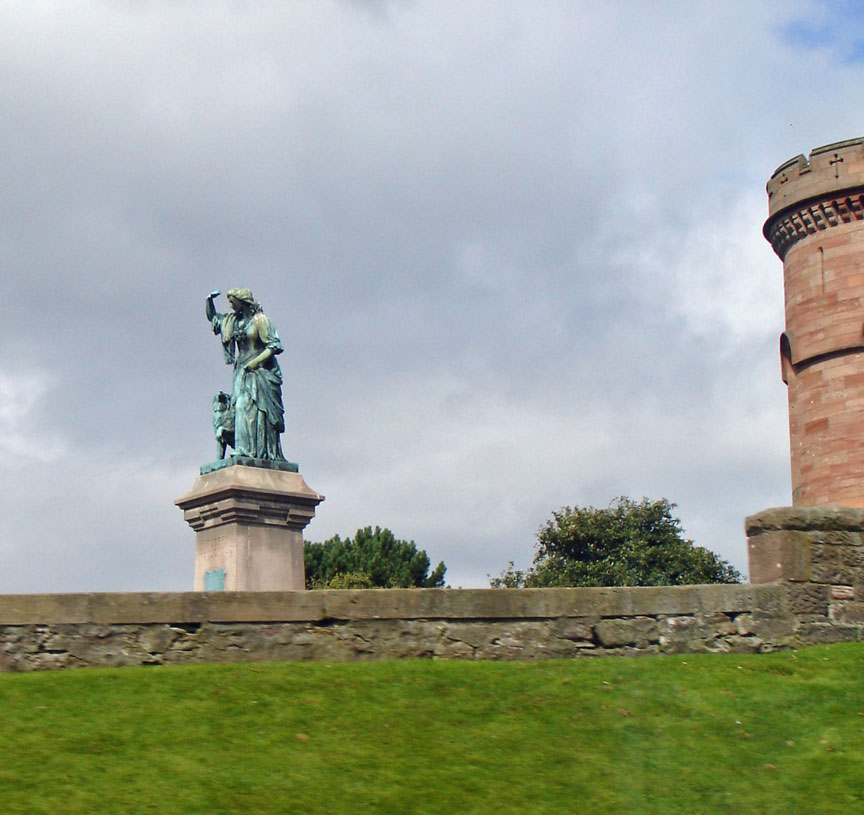
Medieval Inverness suffered regular raids from the Western Isles, particularly
by the MacDonald Lords of the Isles in the fifteenth century. In 1187 one
Domhnall Bán (Donald Bane) led islanders in a battle at Torvean against men from
Inverness Castle led by the governor's son, Donnchadh Mac Coinnich (Duncan
Mackintosh). Both leaders were killed in the battle, Donald Bane is said to have
been buried in a large cairn near the river, close to where the silver chain was
found. Local tradition says that the citizens fought off the Clan MacDonald in
1340 at the Battle of Blairnacoi on Drumderfit Hill, north of Inverness across
the Beauly Firth. On his way to the Battle of Harlaw in 1411, Donald of Islay
harried the city, and sixteen years later James I held a parliament in the
castle to which the northern chieftains were summoned, of whom three were
executed for asserting an independent sovereignty. Clan Munro defeated Clan
Mackintosh in 1454 at the Battle of Clachnaharry just west of the city.
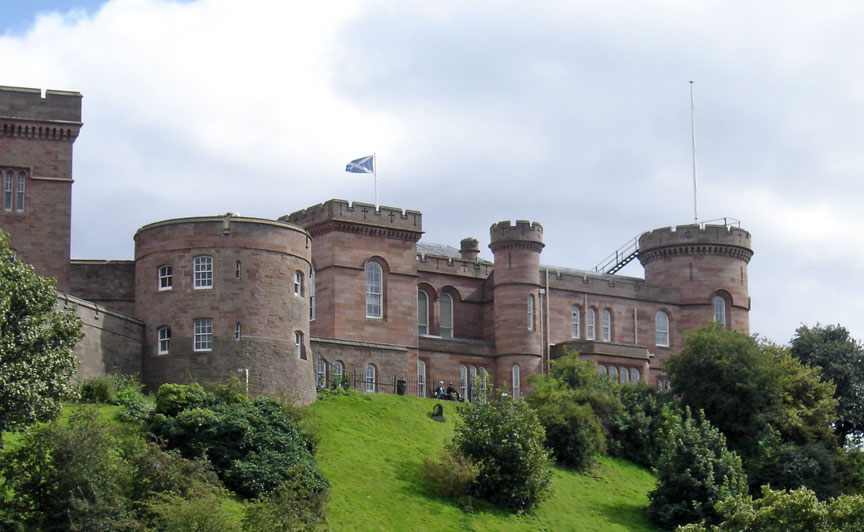
In 1562, during the progress undertaken to suppress Huntly's insurrection, Mary,
Queen of Scots, was denied admittance into Inverness Castle by the governor, who
belonged to the earl's faction, and whom she afterwards caused to be hanged. The
Clan Munro and Clan Fraser took the castle for her. The house in which she lived
meanwhile stood in Bridge Street until the 1970s, when it was demolished to make
way for the second Bridge Street development.

Beyond the then northern limits of the town, Oliver Cromwell built a citadel
capable of accommodating 1,000 men, but with the exception of a portion of the
ramparts it was demolished at the Restoration. The only surviving modern remnant
is a clock tower. In 1715 the Jacobites occupied the royal fortress as a
barracks. In 1727 the government built the first Fort George here, but in 1746
it surrendered to the Jacobites and they blew it up.
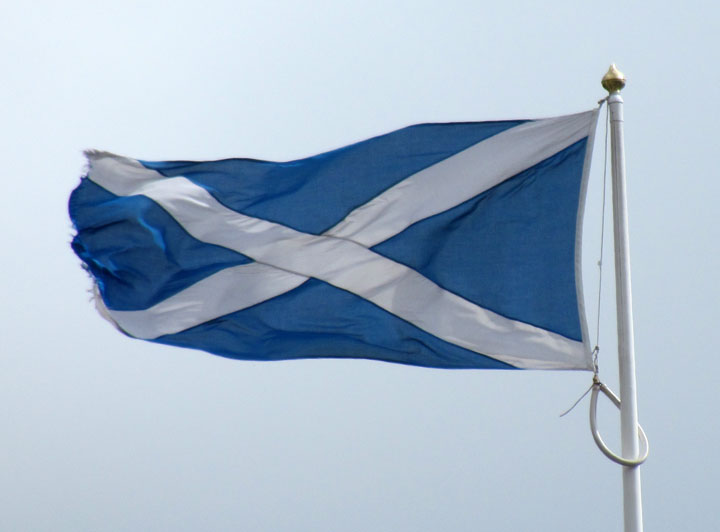
Culloden Moor lies nearby, and was the site of the Battle of Culloden in 1746,
which ended the Jacobite Rising of 1745–1746.
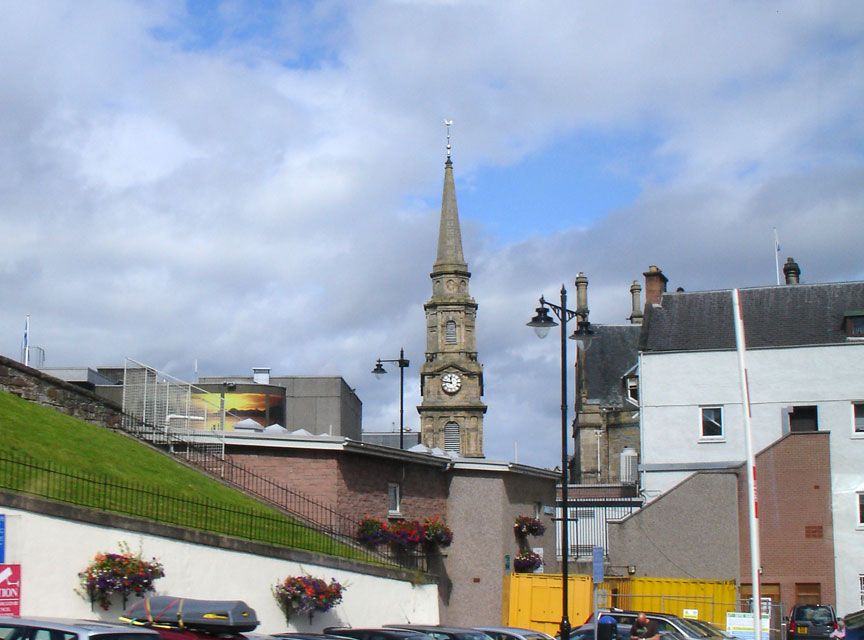
On 7 September 1921, the first UK Cabinet meeting to be held outside London took
place in the Town House, when David Lloyd George, on holiday in Gairloch, called
an emergency meeting to discuss the situation in Ireland. The Inverness Formula
composed at this meeting was the basis of the Anglo-Irish Treaty.
Text from Wikipedia
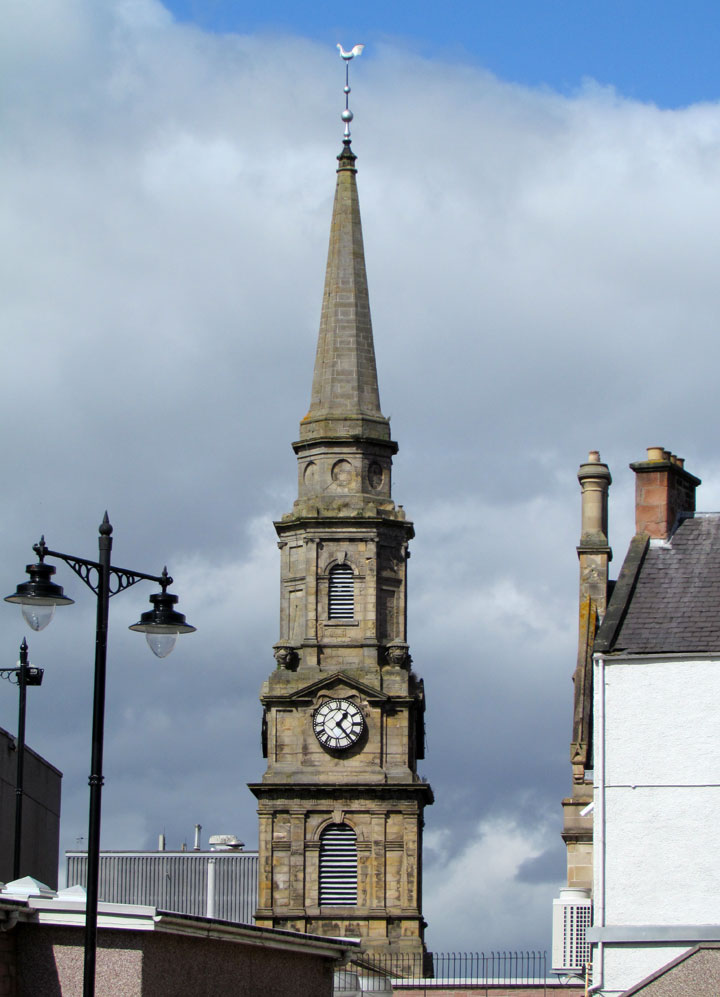
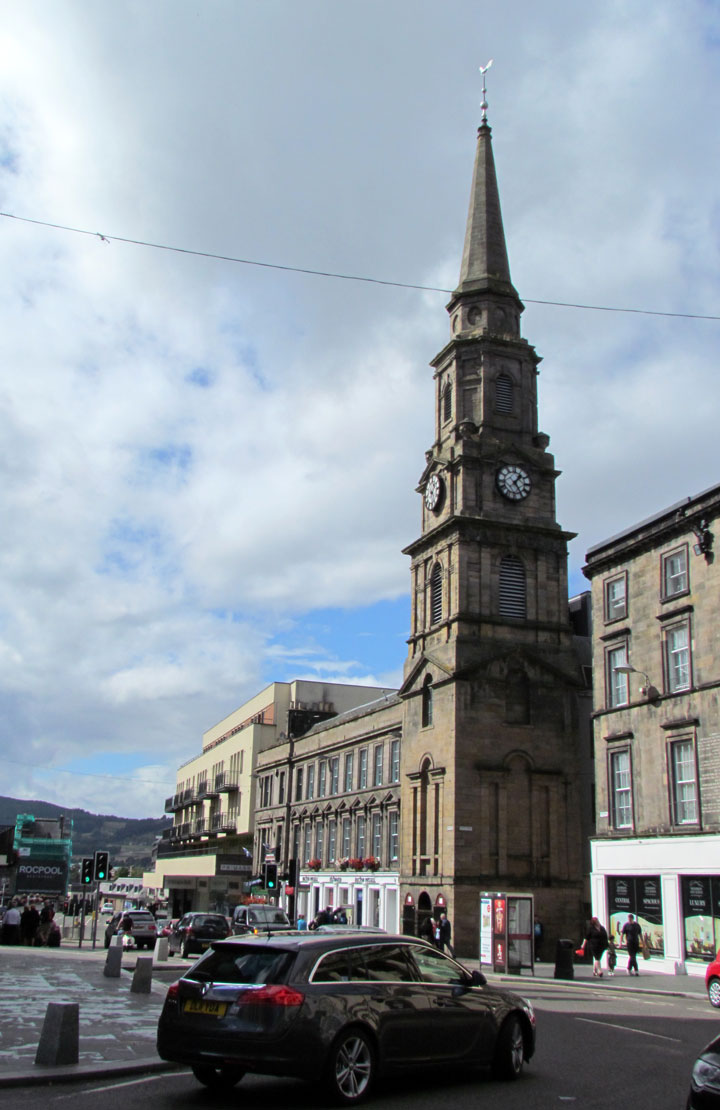
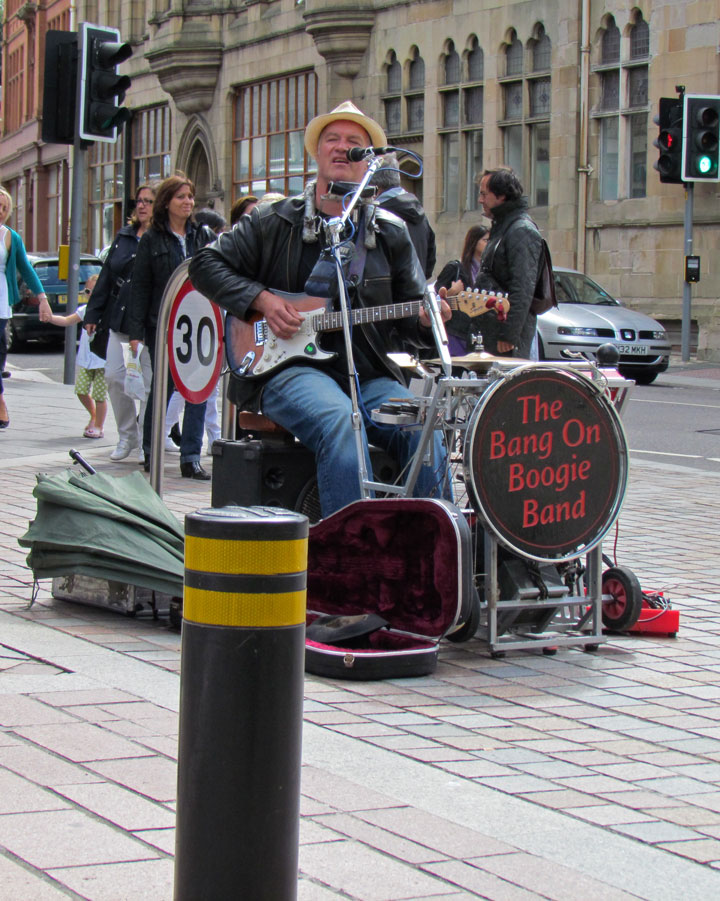

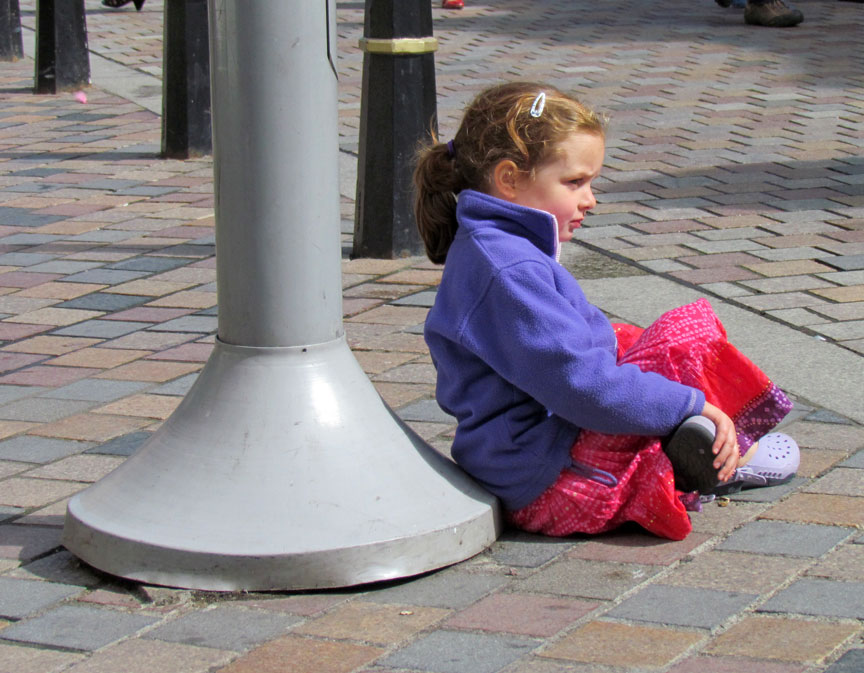
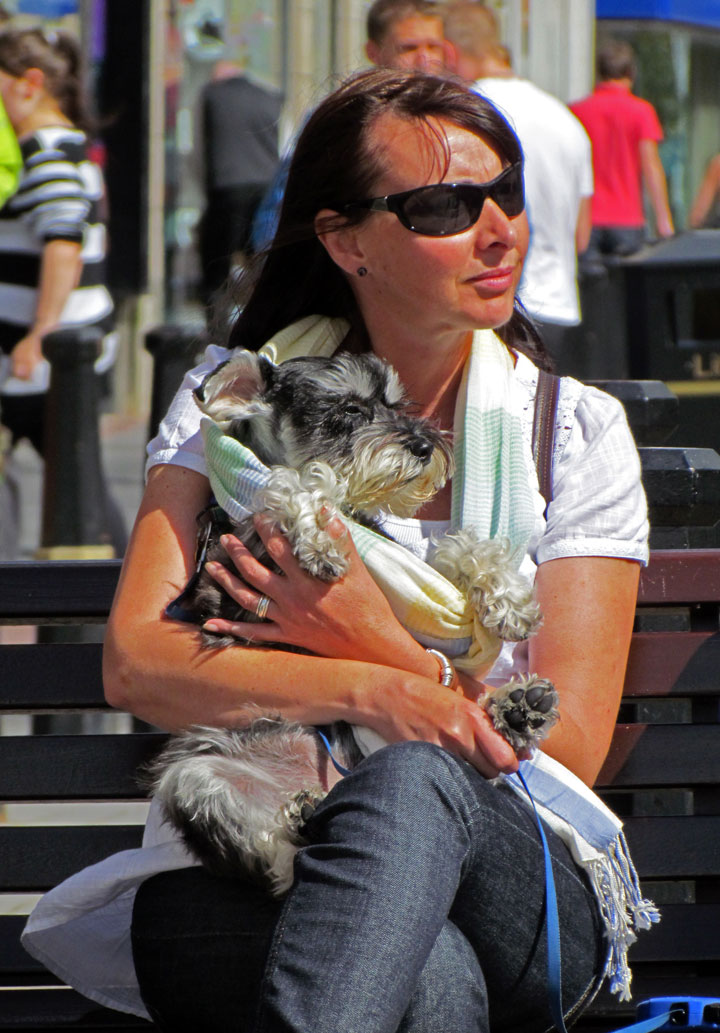
keeping the Schnauzer warm
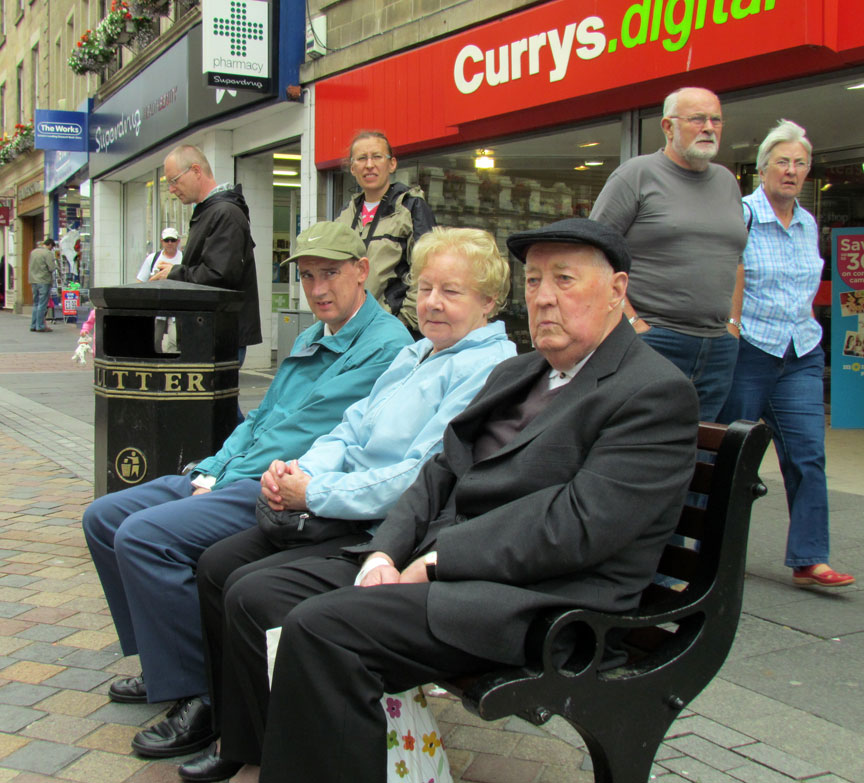
a day in town
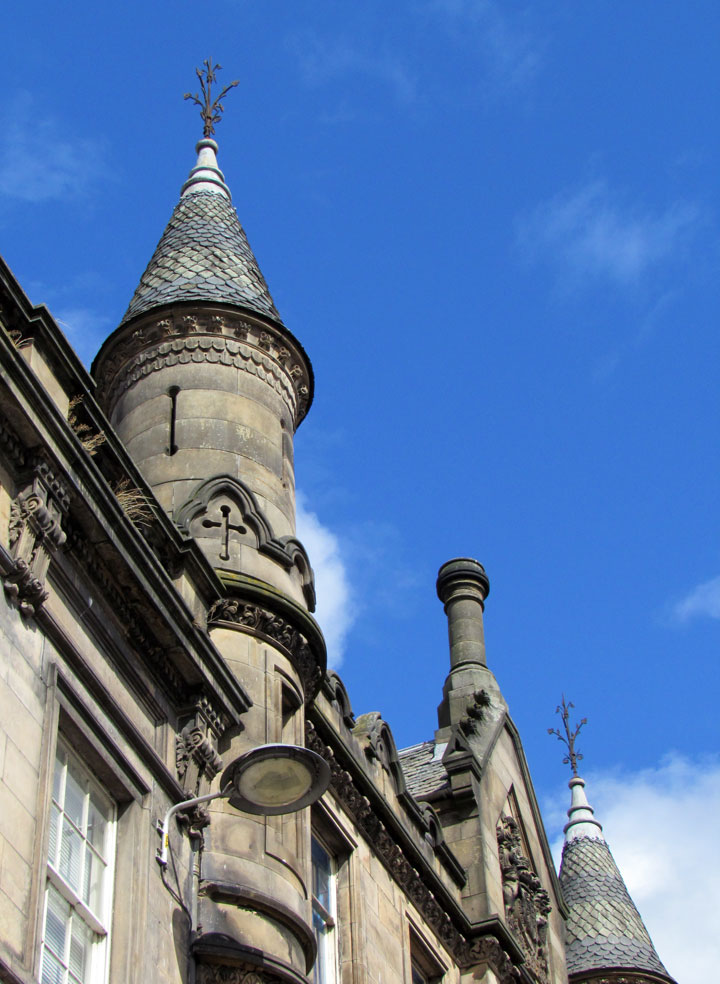

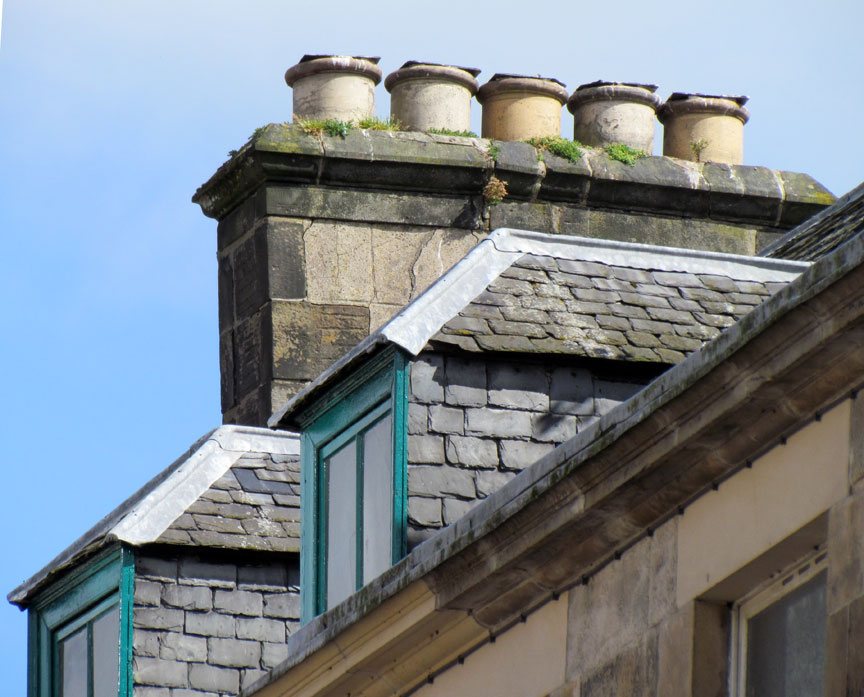

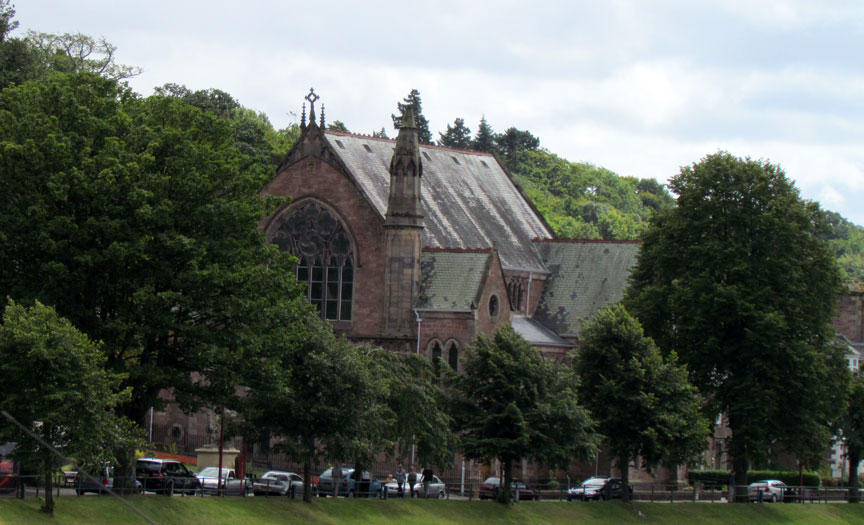

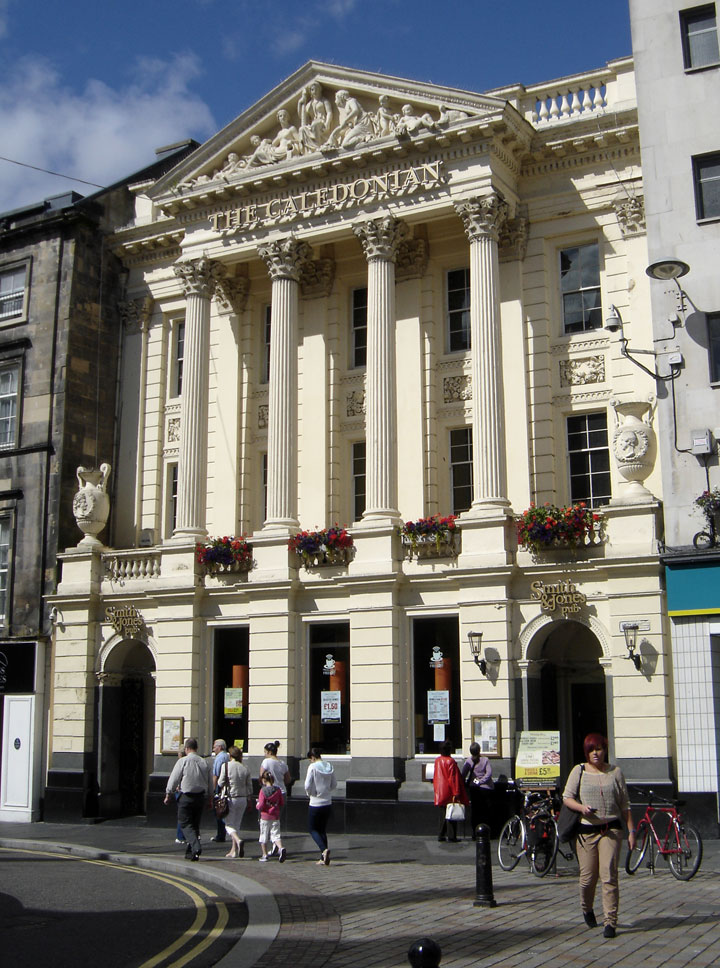

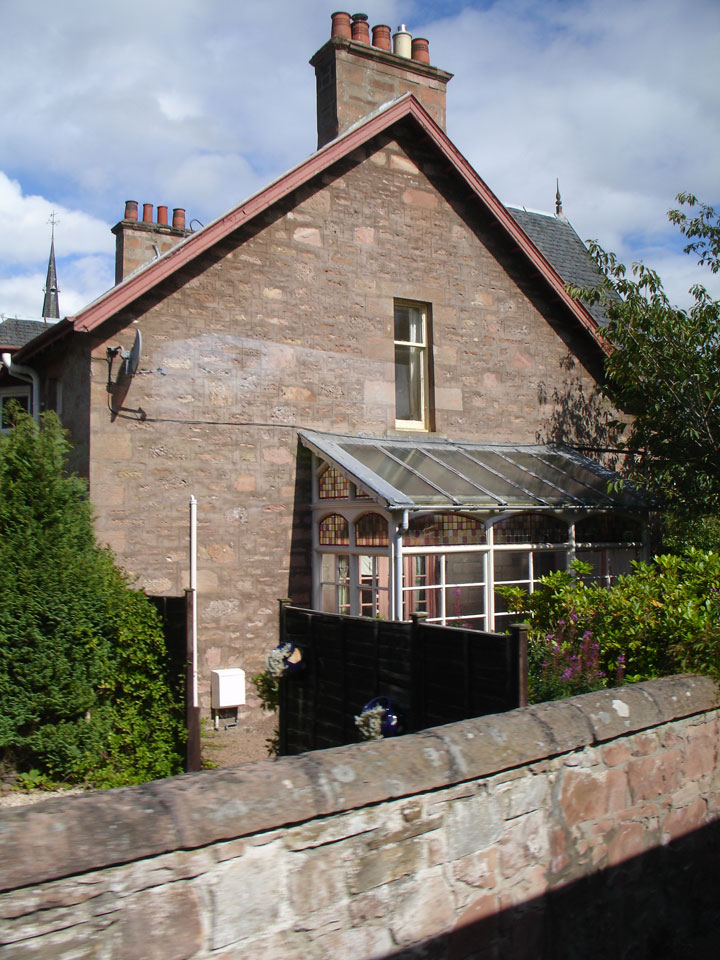
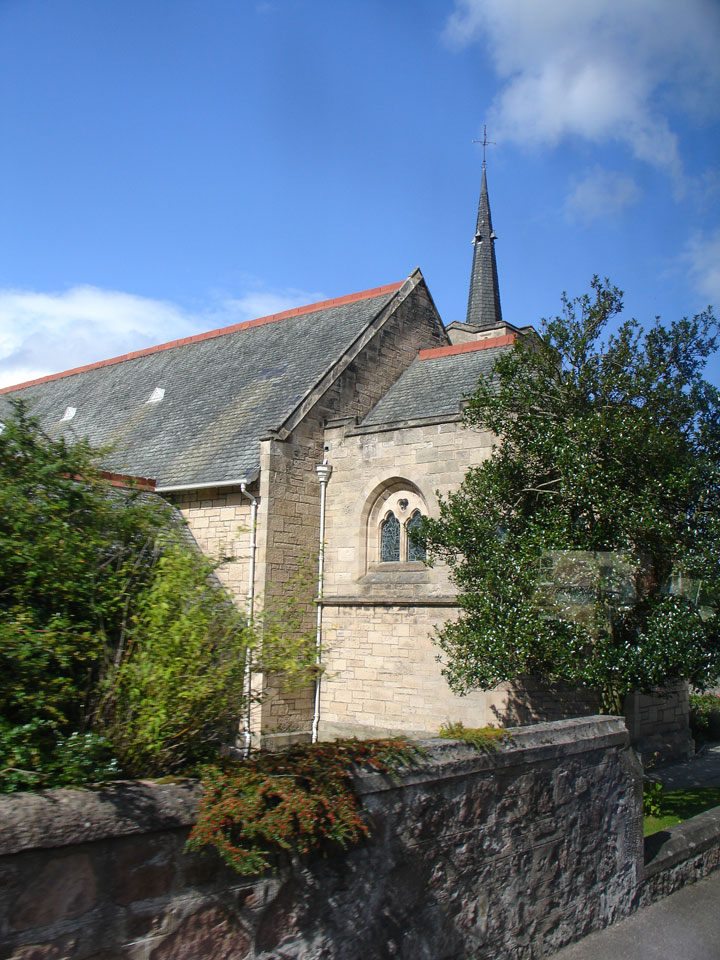
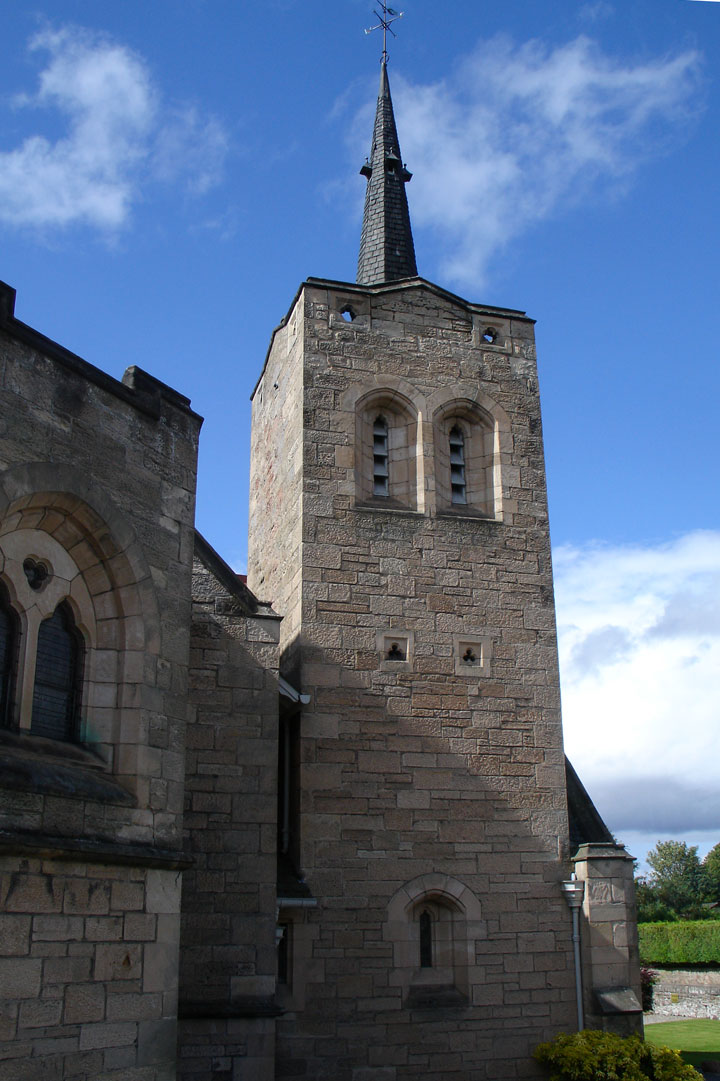


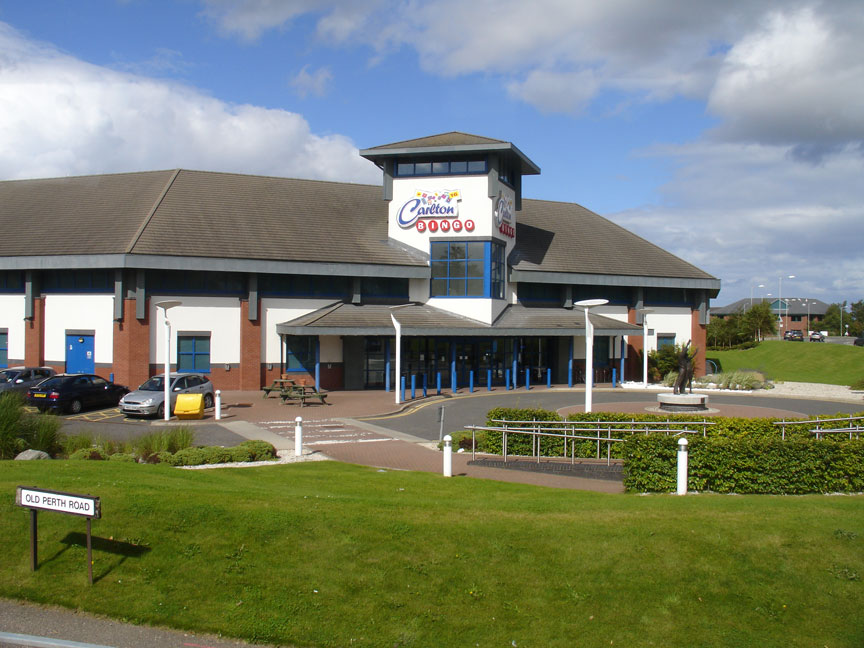

new big bird in town
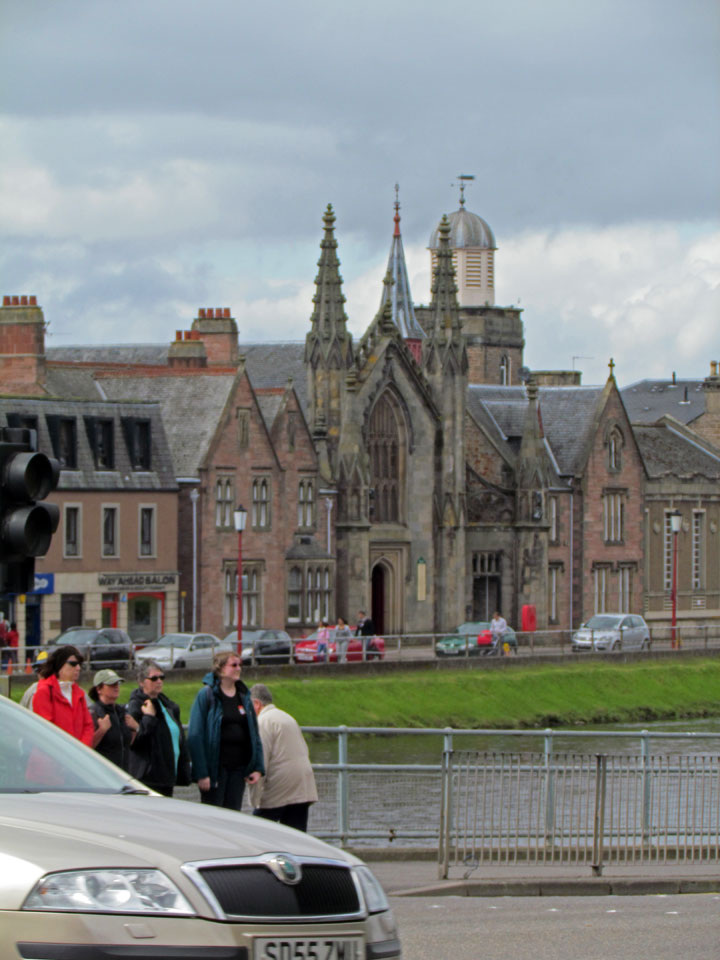
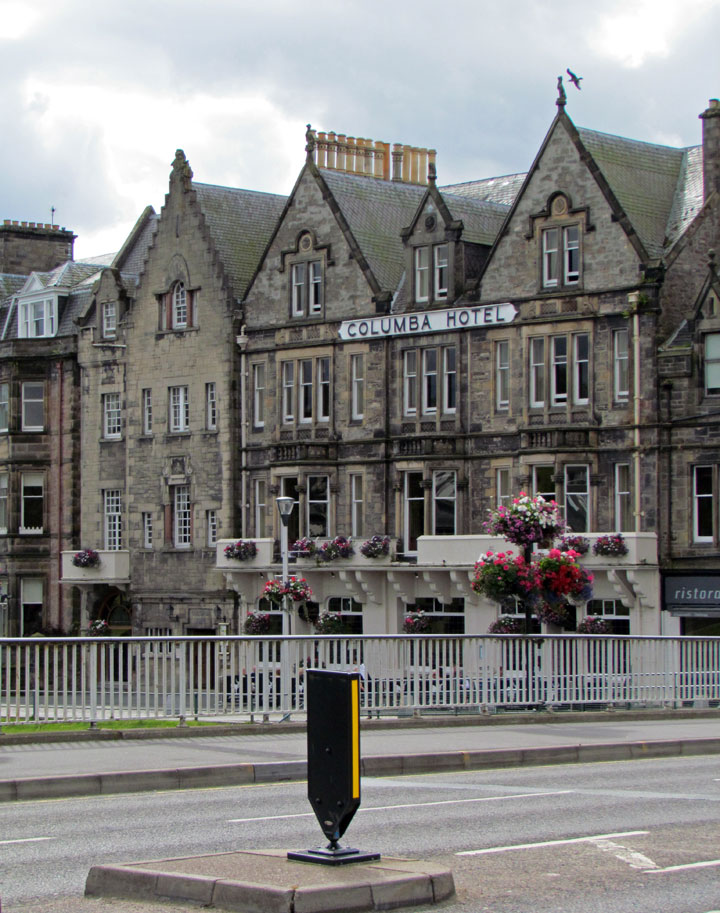
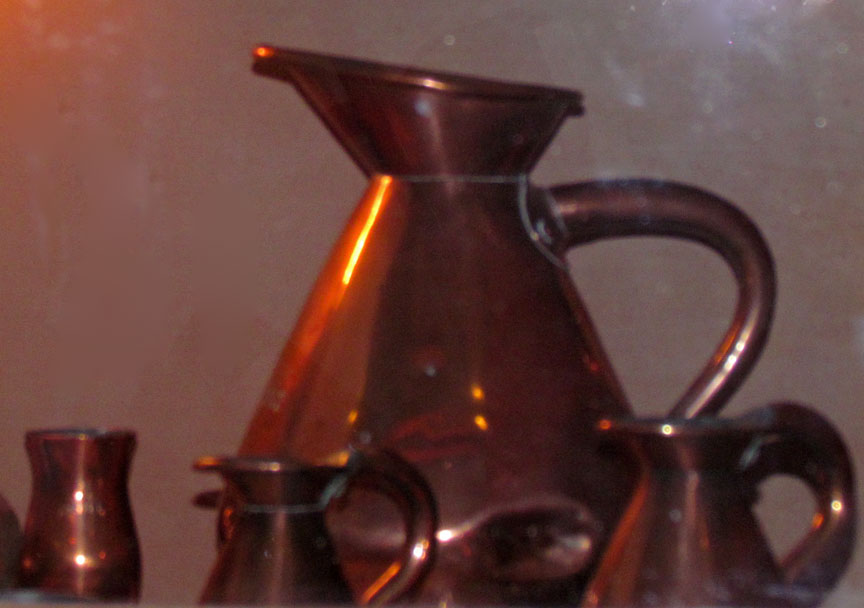
standard measures

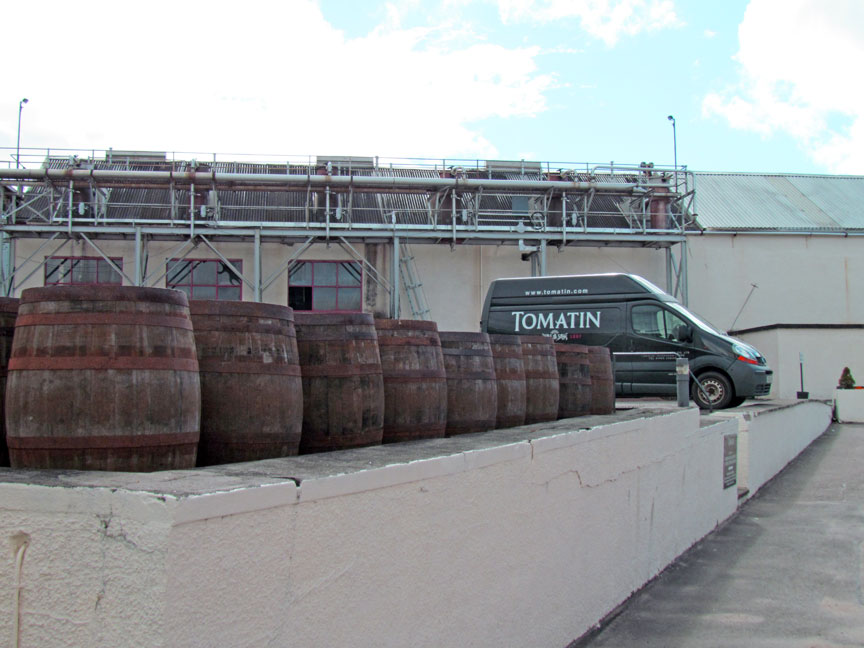
local distillery
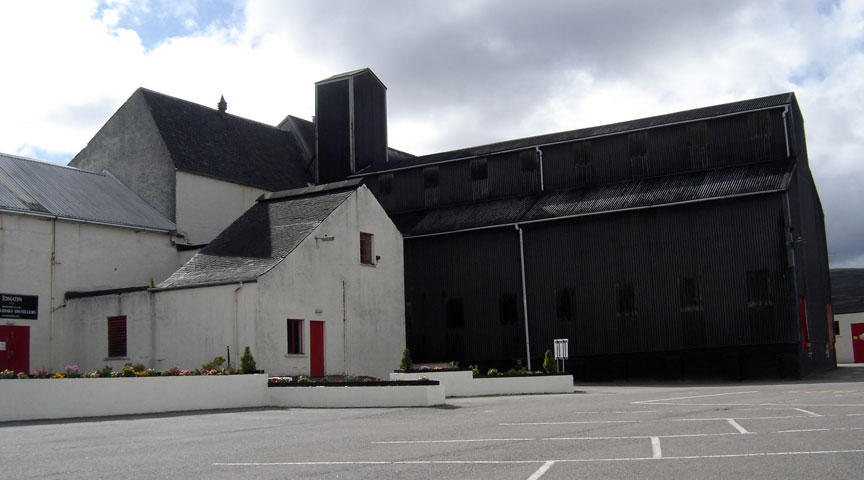

their product
